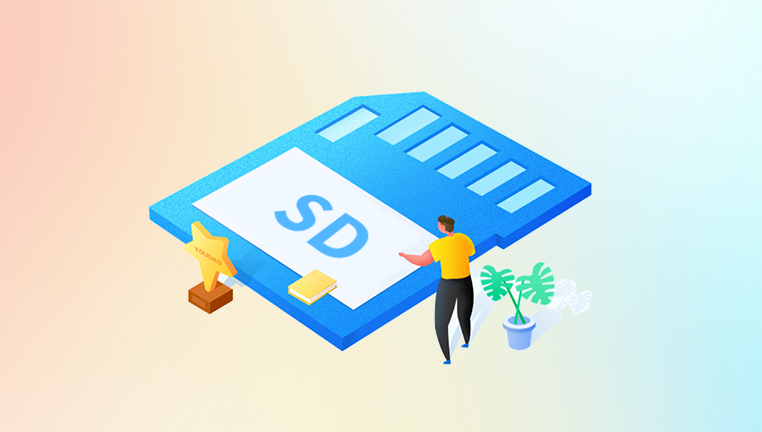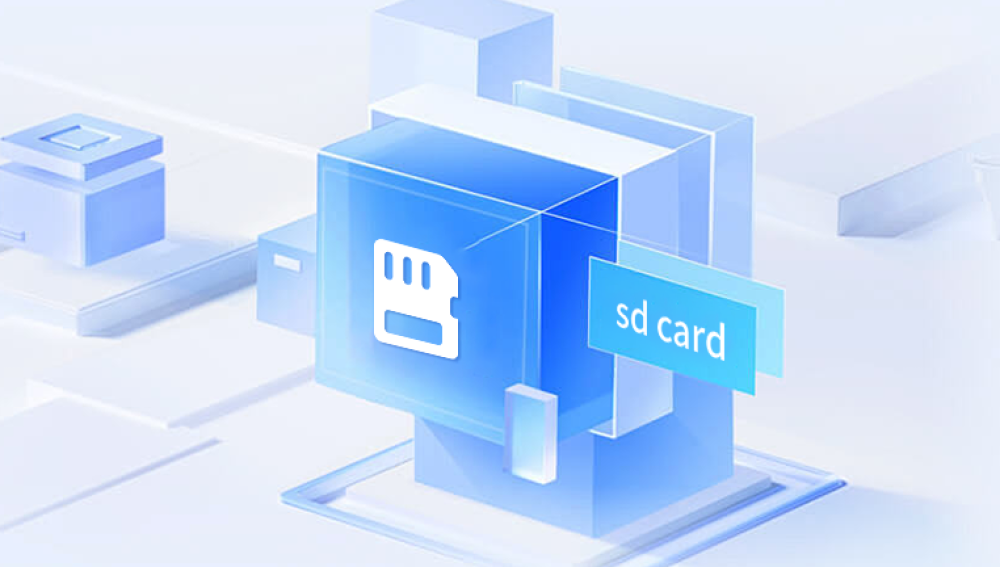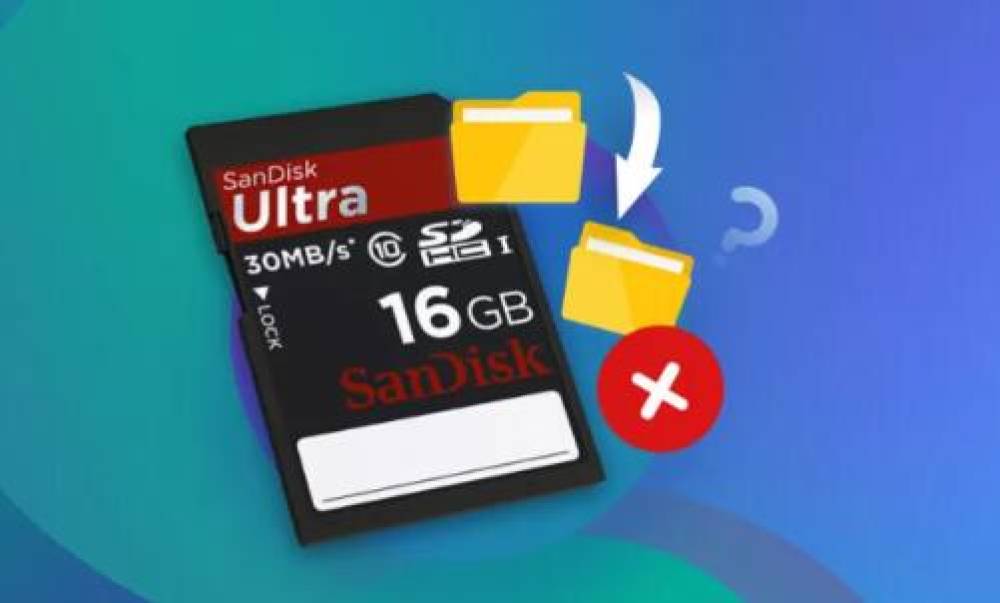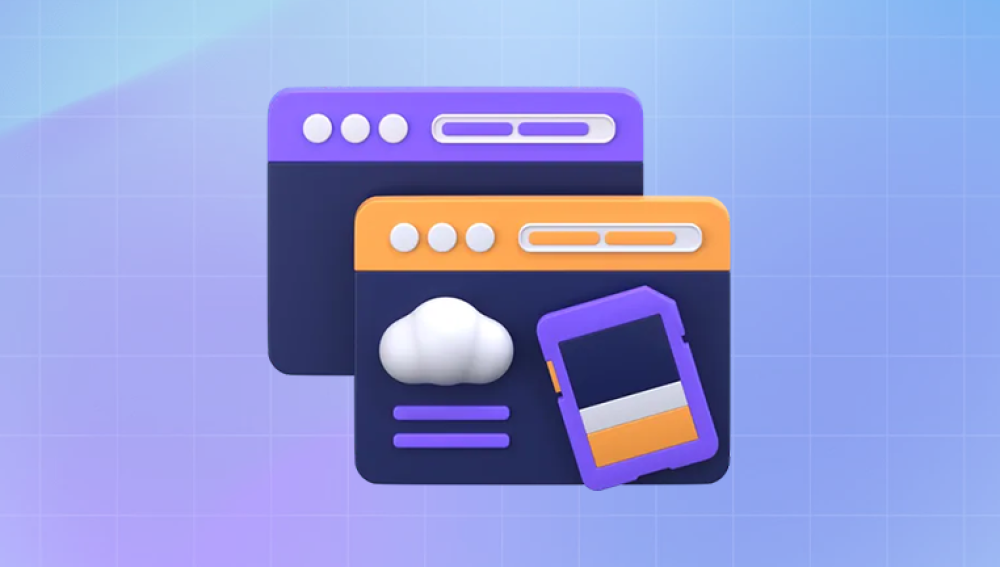Losing data from an SD card can be a distressing experience, especially when it contains valuable photos, videos, or important documents. Fortunately, numerous free SD card data recovery software options can help you retrieve lost data.
Before diving into recovery methods, it’s essential to understand how data loss can occur on SD cards:
Accidental Deletion: Users may accidentally delete files or format the SD card.
Corruption: Improper ejection, power failures, or virus infections can corrupt the SD card.
Physical Damage: SD cards can suffer physical damage due to water exposure or wear and tear.
File System Errors: Issues with the file system can render data inaccessible.
Preparing for Recovery
Stop Using the SD Card
The first and most crucial step in data recovery is to stop using the SD card immediately. Continuing to use it may overwrite the deleted files, making recovery impossible.
Choose the Right Software
Several free SD card data recovery software tools are available. Below are some of the most popular and reliable options:

Drecov Data Recovery
Drecov Data Recovery is an innovative software solution designed to recover lost, deleted, or corrupted data from various storage devices, including SD cards, USB drives, and hard disks. With its user-friendly interface, Drecov Data Recovery makes the recovery process accessible to both novice and experienced users.
This powerful tool employs advanced scanning algorithms to locate and restore a wide range of file types, including photos, videos, documents, and more. Users can benefit from both quick and deep scan options, allowing them to choose the most suitable method for their data recovery needs. The preview feature enables users to view recoverable files before committing to the recovery process, ensuring they retrieve the correct data.
Drecov Data Recovery also supports various file systems, such as FAT32. NTFS, and exFAT, making it versatile for different storage media. The software prioritizes data integrity and security, providing a reliable solution for data loss scenarios due to accidental deletion, formatting, or corruption.
Disk Drill
Platform: Windows, Mac
Features: Intuitive interface, multiple recovery algorithms, file preview.
Download Link: Disk Drill
EaseUS Data Recovery Wizard Free
Platform: Windows, Mac
Features: Simple wizard interface, supports various file types, allows recovery of up to 2GB for free.
Download Link: EaseUS Data Recovery Wizard
MiniTool Power Data Recovery Free
Platform: Windows
Features: Recovers data from various storage media, easy-to-use interface, allows recovery of up to 1GB for free.
Download Link: MiniTool Power Data Recovery
Step-by-Step Guide to Recovering Data from an SD Card
Step 1: Download and Install the Software
Choose one of the recommended software options and download it from the official website.
Follow the installation instructions to install the software on your computer.
Step 2: Connect the SD Card
Insert the SD card into your computer using a card reader. Ensure that it is properly recognized by your system.
Open the data recovery software you installed.
Step 3: Select the SD Card
In the recovery software, look for a list of drives and devices.
Select your SD card from the list. Make sure you choose the correct drive to avoid accidental data loss.
Step 4: Start the Scan
Click on the “Scan” or “Recover” button to initiate the scanning process.
The software will search for deleted files on the SD card. This may take some time, depending on the size of the card and the number of files.
Step 5: Preview and Select Files
Once the scan is complete, the software will display a list of recoverable files.
Browse through the files and select the ones you want to recover. Most software allows you to preview files before recovery.
Step 6: Recover the Selected Files
After selecting the files, click on the “Recover” button.
Choose a destination folder on your computer to save the recovered files. Avoid saving them back onto the SD card to prevent overwriting.
Step 7: Check Your Recovered Files
Navigate to the destination folder where you saved the recovered files.
Open the files to ensure they have been recovered successfully and are intact.
Tips for Effective Data Recovery
Use the Right Software: Different software tools have varying capabilities. If one tool doesn’t work, try another.
Be Patient: Recovery processes can take time, especially for larger drives. Allow the software to complete the scan.
Don’t Write New Data: Avoid using the SD card until recovery is complete. Writing new data can overwrite the lost files.
Backup Regularly: To prevent future data loss, regularly back up your files to another device or cloud storage.
Data loss from an SD card can be a frustrating experience, but with the right free recovery software and a careful approach, you can often retrieve your important files. This guide provides a comprehensive overview of the best tools available and detailed steps to maximize your chances of success. Remember to stop using the SD card immediately after data loss, choose a reliable recovery software, and follow the steps outlined above. Regular backups are the best way to ensure your data remains safe in the future.




